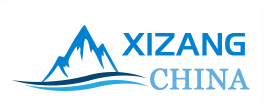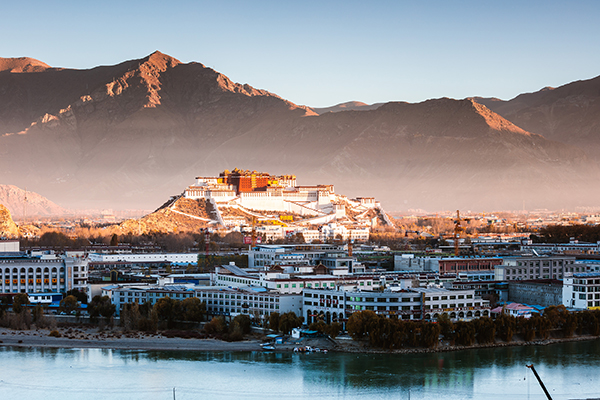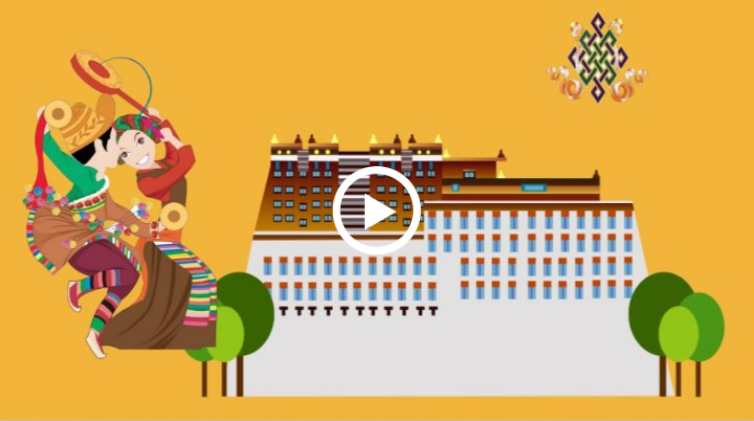Ngari
Updated: 2022-12-16 (chinadaily.com.cn)  Print
Print 


(1) Historical geography
Ngari was called Yangtong in ancient times. The Xiangxiong Kingdom was established in the 4th to 5th century, later becoming a territory of Tubo.
In 1956, the Ngari Sub-commissioner's Office was established; in 1960, the Ngari Regional Commissioner's Office was established; in 1968, the Ngari Regional Revolutionary Committee was established, and in 1979, the Ngari Regional Administrative Office was established.
The Ngari area is located in the west of Tibet and the southwestern part of the Qinghai-Tibet Plateau. It is about 700 kilometers long from east to west, and about 680 kilometers from north to south.
Countries such as India and Nepal are adjacent to the area, and cover an area of 337,170 square kilometers, with an average altitude of more than 4,500 meters, and are referred to as "the roof of the world's roof" and "the plateau on the plateau".
There are many mountains in the territory, and it is known as "the ancestor of ten thousand mountains and the source of ten thousand waters". The famous Mount Kailash is regarded as a "sacred mountain" by many religious sects. In addition, there are scenic spots such as the Ruins of the Guge Kingdom, the Zanda Forest, and the Bird Island of Bangong Lake.
(2) Population division
As of the end of 2019, the total population of the region was 124,000, a year-on-year increase of 21,000 and an increase of 1.72 percent.
There are seven counties in the whole region, namely Burang, Rutog, Zada, Gar, Gerze, Ge'gyai and Tsochen, with jurisdiction over 37 townships and 145 administrative villages.
(3) Economic and social development
In 2019, the region's gross product value reached 6.24 billion yuan, and the current price increased by 12.2 percent year-on-year; fiscal general public budget revenue reached 432 million yuan, an increase of 8 percent year-on-year, and the total retail sales of consumer goods reached 1.424 billion yuan, an increase of 13 percent year-on-year.
The per capita disposable income of urban residents reached 39,879 yuan, a year-on-year increase of 10 percent; the per capita disposable income of rural residents reached 12,281 yuan, a year-on-year increase of 13 percent; the urban surveyed unemployment rate was controlled within 5 percent, and the urban registered unemployment rate was controlled within 3 percent.
Social investment in fixed assets is expected to complete on 6 billion yuan, a year-on-year increase of 5.63 percent.








